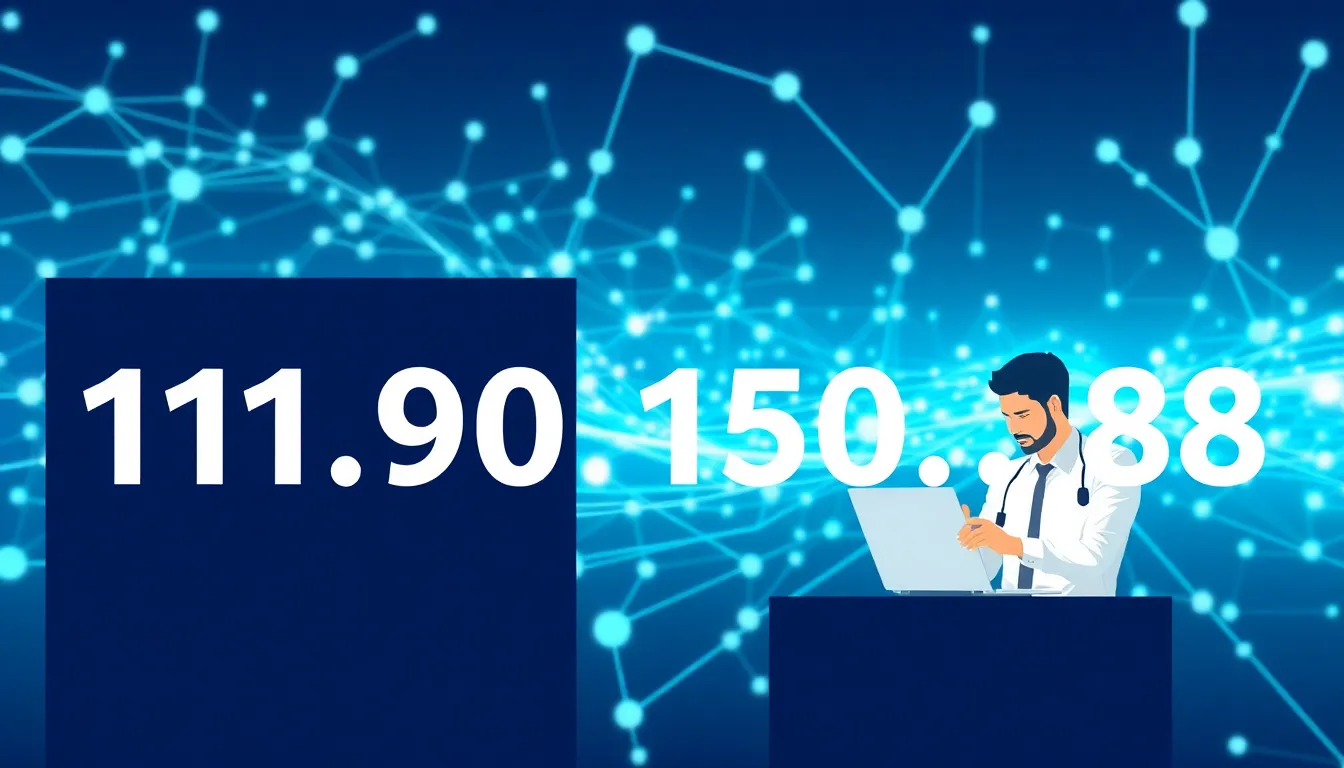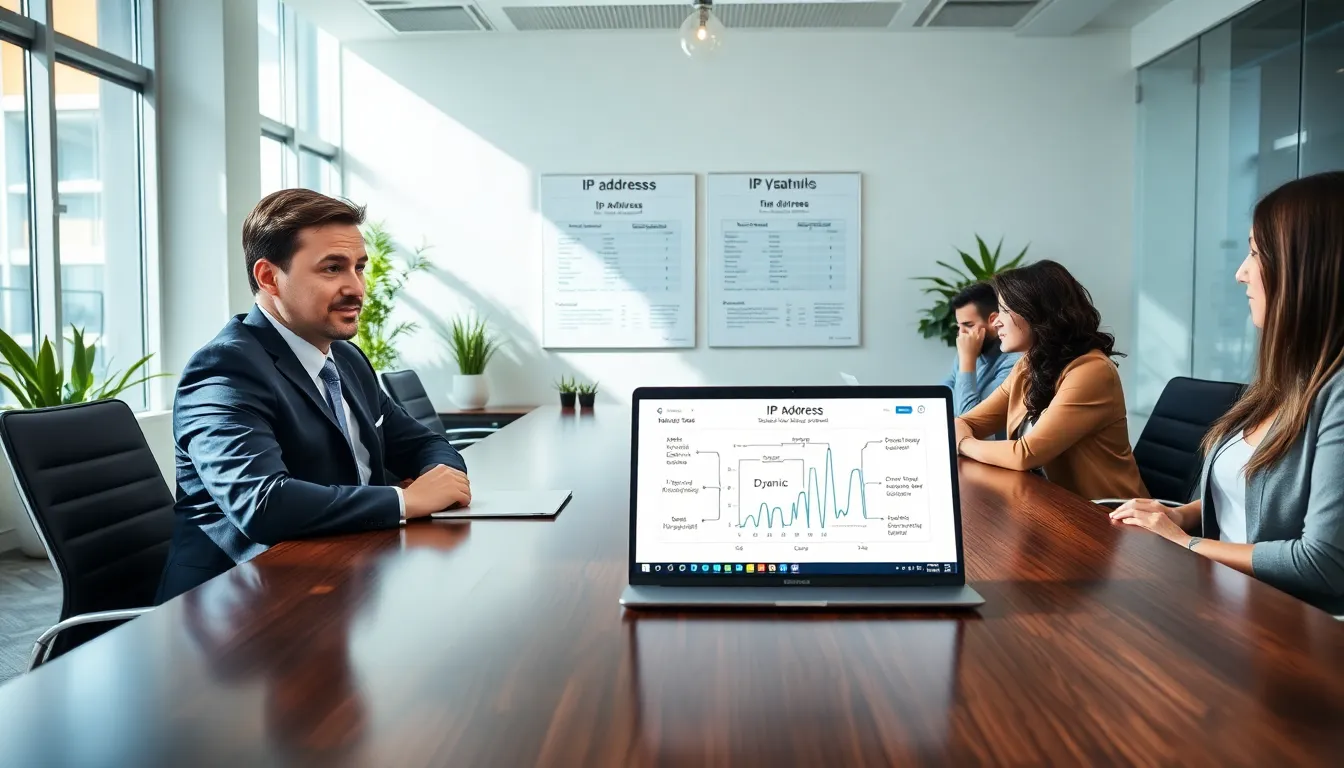Ever tried to pinpoint the location of a friend’s misdirected email and wound up deep in the web of IP addresses? Welcome to the fascinating realm of IP addresses, where every digit tells a story, especially in the case of 111.90.150.288. This article breaks down the complexities of IP addresses, what they mean, and why they matter, all while keeping it engaging and informative. So, grab your digital magnifying glass and let’s explore.
111.90.150.288

An IP address, or Internet Protocol address, serves as a unique identifier for devices on a network. Think of it as your home’s address in the vast digital landscape. This unique string of numbers allows devices to communicate with one another, share data, and access the internet seamlessly.
Each IP address comprises four sets of numbers separated by periods. For example, 111.90.150.288 has four distinct parts, each representing a specific value. What’s crucial to understand is that IP addresses function much like addresses in the real world: they provide the directions needed for data packets to reach their intended destination.
There are two main versions of IP addresses: IPv4 and IPv6. The former uses a 32-bit architecture, which provides around 4.3 billion combinations, a number that might seem enormous but, with the explosion of internet devices, is insufficient. To solve this problem, IPv6 was introduced, utilizing a 128-bit system, allowing for 340 undecillion unique addresses. That’s a whole lot of devices.
Types of IP Addresses
IP addresses can be broadly classified into two types: static and dynamic. Static IP addresses remain fixed and do not change over time, making them ideal for hosting servers or websites. Think of it as a permanent mailing address, always there when you need to reach it.
Dynamic IP addresses, on the other hand, are assigned by your Internet Service Provider (ISP) each time you connect to the internet. This is reminiscent of a temporary address for your condo in the city, you can stay there for a while, but it might not be yours forever. Dynamic IP addresses tend to save ISPs money and resources while offering flexibility for users.
Also, within these categories, there are also public and private IP addresses. Public IP addresses are visible on the internet, while private IP addresses are used within local networks, keeping internal communications under wraps. It’s like having a personal conversation in your home while the public remains oblivious.
How to Find Your IP Address
Curious about how to locate your own IP address? It’s easier than you might think. For those using Windows, just head to the command prompt (type cmd in the start menu) and type ipconfig. Hit enter, and voilà. Your device’s IP address will be displayed.
Mac users can find their IP address by navigating to System Preferences, clicking on Network, and selecting their active connection. Once there, they’ll see their IP address right before their eyes, simple, right?
If you’re looking to find your public IP address, you can visit sites like whatismyip.com or ipinfo.io. These services will reveal the IP address exposed to the internet, great for troubleshooting or connecting with friends remotely.
Common Issues with IP Addresses
IP addresses can present a variety of technical challenges. One common issue is IP address conflicts, where two devices attempt to use the same IP address on a network. This can lead to connectivity problems as the network struggles to manage conflicting signals.
Another issue that arises frequently is the inability to connect due to a misconfigured IP address. This can happen when the device’s network settings don’t match the router’s IP configuration. Users may find themselves scratching their heads over a ‘limited connectivity’ warning as they troubleshoot the problem.
Also, IP address changes can sometimes result in loss of access to certain services, particularly if those services are tied to a particular address. In such cases, it’s essential to keep track of changes and update service configurations accordingly.
The Role of IP Addresses in Networking
IP addresses play a vital role in networking by enabling devices to communicate over the internet. When you send an email or stream a video, your data is transmitted in packets, which are essentially bundles of information. Each packet contains the sender’s IP address, the recipient’s IP address, and details about the data as it travels through various routers before reaching its final destination.
Without IP addresses, data packets would have no way of knowing where to go. Imagine sending a letter without a recipient’s address, your mail would be lost in transit. The same principle applies to the digital world: IP addresses are crucial for efficient data exchange.
Also, they help in routing this information appropriately to ensure optimal performance and reduced latency. This means faster downloads, smoother streaming, and overall enhanced user experience.
Security Considerations Related to IP Addresses
Security concerns surrounding IP addresses are crucial in today’s digital age. One of the primary risks involves IP address spoofing, wherein an attacker disguises their true IP address to masquerade as someone else. This can lead to a series of threats, including identity theft and unauthorized access to sensitive data.
Another concern includes DDoS (Distributed Denial of Service) attacks, which target specific IP addresses with overwhelming amounts of traffic. This results in service disruptions, often causing significant downtime for websites and online services.
Users can take steps to mitigate these risks by employing firewalls, utilizing VPNs (Virtual Private Networks), and staying informed about their network’s security settings. Understanding the significance of your IP address helps reinforce protective measures, ensuring a safer online experience.



